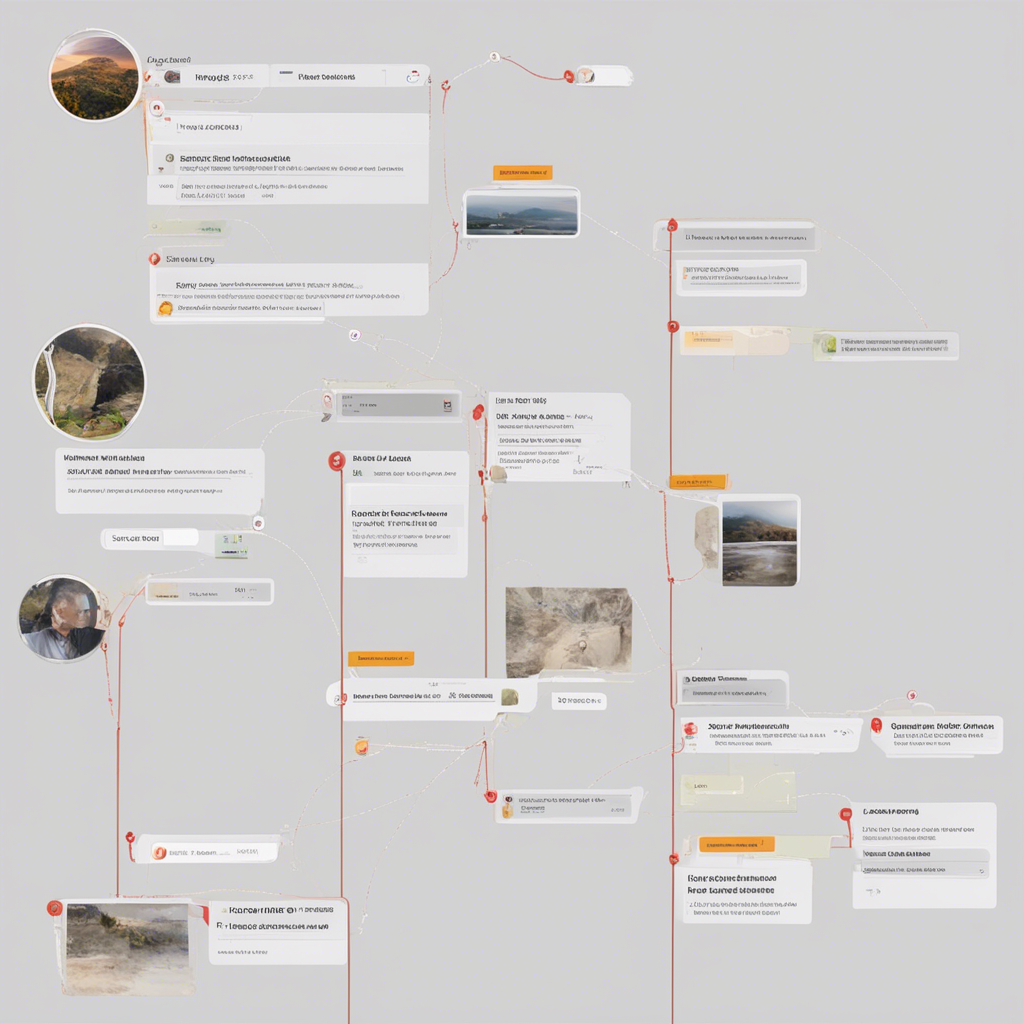
Product Life Cycle: An Insightful Walkthrough
As consumers, we encounter numerous products every day, each at different stages of its life cycle. Whether it’s the latest smartphone, a trendy fashion item, or a household appliance, every product goes through a predictable sequence of stages known as the product life cycle (PLC). Understanding the PLC is crucial for businesses to effectively manage their products and make informed decisions regarding marketing, sales, and product development strategies.
In this comprehensive blog post, we will take an insightful walkthrough of the product life cycle, exploring each stage in detail and providing valuable insights along the way. So let’s dive in!
Introduction to the Product Life Cycle
The product life cycle consists of four main stages: introduction, growth, maturity, and decline. Each stage represents a different phase in a product’s journey, characterized by distinct consumer behaviors, market trends, and sales patterns. By understanding these stages, businesses can optimize their marketing efforts and adapt their strategies accordingly.
Stage 1: Introduction
The introduction stage marks the birth of a new product in the market. During this phase, the product is initially launched, and consumers become aware of its existence. Marketing efforts primarily focus on creating product awareness and generating trial among potential customers.
Strategies employed at this stage involve targeted advertising, public relations, and product demonstrations. Furthermore, businesses may offer introductory discounts or promotions to incentivize early adoption. However, sales during this stage are typically low as consumer adoption takes time.
Stage 2: Growth
The growth stage is characterized by a rapid increase in sales as more and more consumers become aware of and adopt the product. Positive word-of-mouth and favorable product reviews play a crucial role in driving growth during this phase. Businesses should strive to build brand loyalty and maintain customer satisfaction to harness this growth potential.
At this stage, companies can expand their market reach, introduce product variants, and invest in marketing campaigns to differentiate their offerings. Pricing strategies may shift from initial discounts to capture market share to a more profitable margin as demand increases. Additionally, in the digital age, leveraging online platforms and social media can significantly amplify growth.
Stage 3: Maturity
The maturity stage signifies a plateau in product sales. During this phase, market saturation occurs, and the rate of growth slows down. Competition intensifies as new entrants enter the market, resulting in pricing pressures and reduced profit margins. Businesses must adapt their strategies to maintain market share and sustain profitability.
Marketing efforts at this stage focus on product differentiation, customer retention, and expanding into new market segments or geographies. It becomes vital to continually innovate and improve the product to meet changing consumer preferences. Making use of market research and consumer insights can provide valuable guidance for maintaining relevance in this stage.
Stage 4: Decline
The decline stage is the final phase of the product life cycle, characterized by a decrease in sales and consumer demand. Factors such as technological advancements, changing consumer preferences, or the emergence of substitutes contribute to the product’s decline. As sales dwindle, businesses face the decision of whether to revitalize the product, discontinue it, or replace it with a new offering.
During the decline stage, businesses may opt for price reductions or clearance sales to liquidate remaining inventory. Alternatively, they might focus on niche markets that still have demand for the product. Carefully analyzing market trends and customer feedback can help determine the most appropriate course of action.
Importance of Managing the Product Life Cycle
Understanding and effectively managing the product life cycle is essential for businesses for several reasons:
-
Strategic Decision-Making: By identifying which stage a product lies in, businesses can make informed decisions regarding resource allocation, marketing strategies, and product improvements.
-
Resource Optimization: Recognizing the stage of the product life cycle helps businesses allocate resources efficiently, ensuring maximum returns on investment. For example, during the growth stage, increasing production capacity may be warranted, while in the decline stage, cost reduction measures may be more appropriate.
-
Competitive Advantage: By monitoring the life cycle of a product, businesses can stay ahead of competitors and respond proactively to market changes. This can be achieved by constantly innovating, improving, and diversifying products.
Conclusion
The product life cycle provides businesses with a framework to understand and manage the evolution of their products in the market. By recognizing the distinct stages and adjusting strategies accordingly, companies can optimize their marketing efforts, enhance customer satisfaction, and maximize profitability. Staying agile and proactive in adapting to changing market dynamics is key to a product’s enduring success.
Remember, the product life cycle is not a one-size-fits-all model, and timelines can vary greatly across industries and product categories. It is crucial for businesses to continually evaluate their products’ life cycles and adapt their strategies to stay ahead in the dynamic marketplace.






